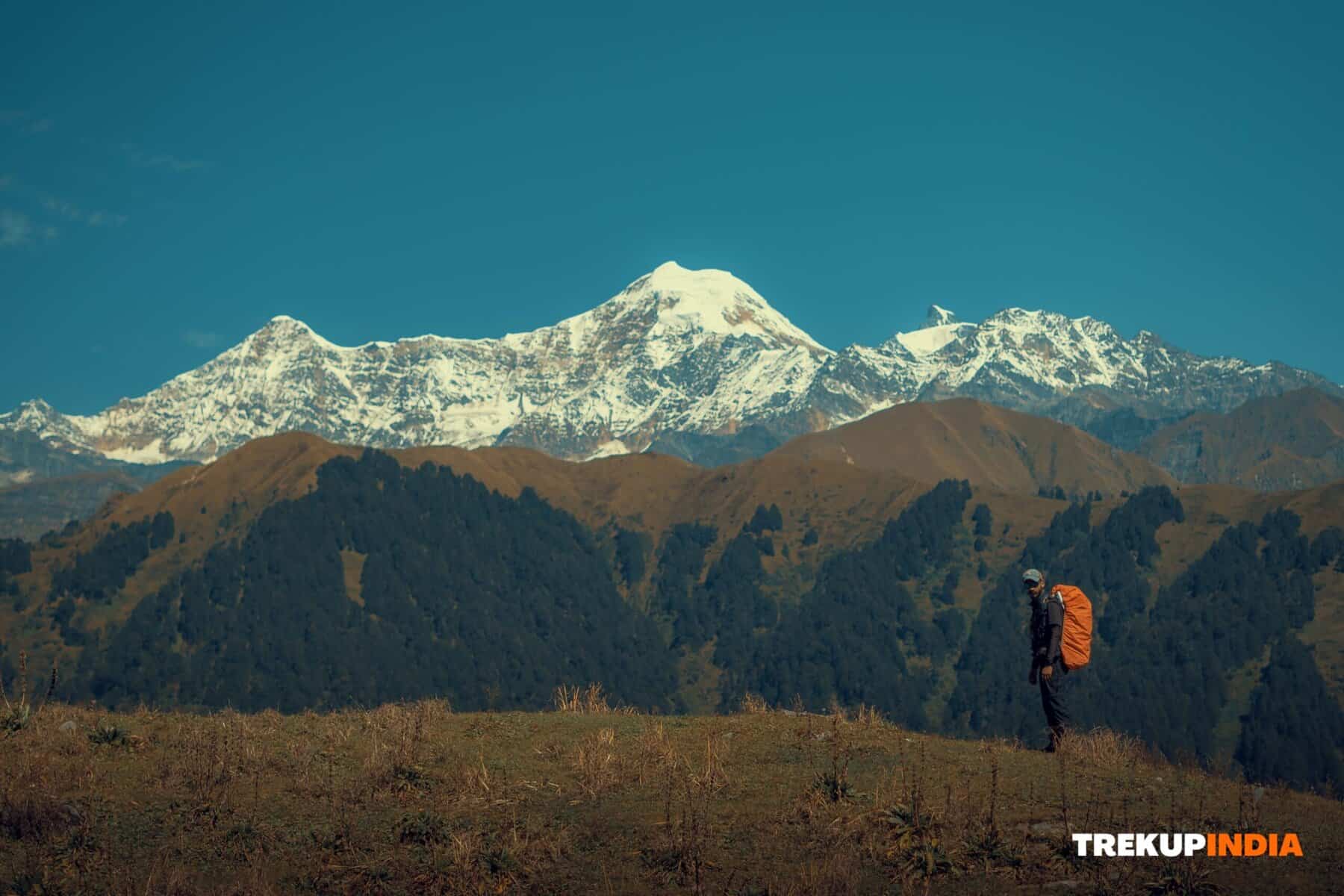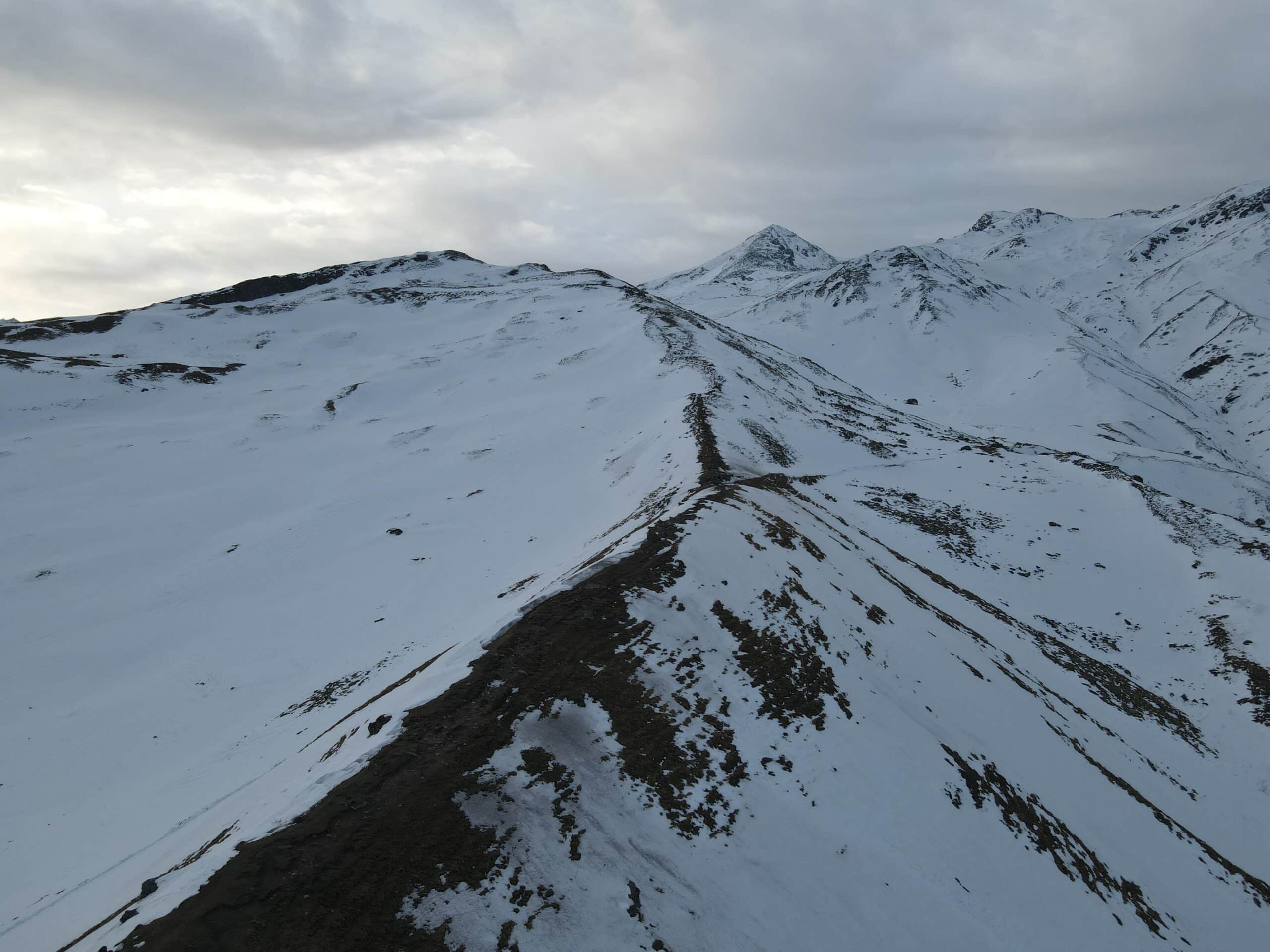15 Benefits Of Trekking
1. Physical Fitness: As you ascend to greater heights in the Himalayas, you’ll improve your physical and mental well-being. The steady rhythm of your footsteps can become a meditative practice, allowing you to connect with your inner self.
2. Mesmerizing views: The Himalayas not only please the eyes but also touch the soul. The grandeur and timelessness of these mountains can evoke a profound sense of wonder and spirituality, connecting you with something greater than yourself.
3. Connect with the Inner soul: As you ascend to the Himalayas, you’ll improve your physical and mental fitness. The systematic rhythm of your footsteps can become a meditative practice, allowing you to connect with your inner self.
4. Mental Strength: Trekking challenges, including steep climbs and unpredictable weather, provide an opportunity for deep introspection. Conquering these hurdles often leads to a sense of inner strength and harmony.
5. Disconnect with the monotonous routine: Disconnecting from the daily grind allows you to centre your thoughts, finding a deeper connection with your inner self and the natural world.
6. Cultural Learning: Learning the rich cultures of the Himalayan communities can be a spiritual journey. Learning from the traditions and wisdom of these people can help you connect with the essence of humanity.
7. Wildlife Encounters: The rare and elusive wildlife you may encounter during your trek can instil a deep connection with the natural world, fostering respect for all living beings.
8. Discover inner peace: Trekking in the Himalayas often leads to self-discovery on a spiritual level. The quiet moments in nature can inspire introspection, personal growth, and a deeper understanding of your beliefs and values.
9. Stress Relief: The serenity and tranquillity of the mountains can profoundly impact your inner peace. It’s not uncommon for trekkers to experience a spiritual renewal while surrounded by nature’s majesty.
10. Team Building: Team building is a natural byproduct of trekking. Facing challenges together, sharing stories in camp, and relying on one another for support can create deep connections and forge a strong sense of team building.
11. Overcome challenges: Trekking is a challenging and adventurous activity. It will help overcome challenges and learn to become resourceful using minimalistic things to get the best output.
12. Solitude and Tranquility: Moments of solitude in the mountains can be a spiritual retreat, allowing you to delve into your inner thoughts and achieve tranquillity.
13. Learn new skills: Capturing the ethereal beauty of the Himalayas through your lens can be a spiritual act in itself. It allows you to appreciate and share the world’s beauty with others.
14. Improve your breathing capacity: The deeper breaths taken at higher altitudes enhance physical health and promote a sense of mindfulness as you focus on your breathing.
15. Environmental Awareness: A deep appreciation for the Himalayan environment fosters a sense of responsibility and connection to the planet, encouraging a spiritual connection with the Earth.
Share this article
Want To Trek Like Pro?
Check out the following videos if you want to trek like a pro trekker and improve your skills. These videos contain helpful tips, tricks, and techniques to help you trek like a pro. Whether you’re a beginner or an experienced trekker, these videos can provide valuable insights to enhance your trekking experience. So, watch the videos below by Trekup India experts to take your trekking skills to the next level.







Know Everything About Acute Mountain Sickness
Acute Mountain Sickness is a medical condition that can occur when individuals travel to high altitudes, typically above 8,000 feet. It is caused by the decrease in air pressure and oxygen levels in the air as altitude increases. Symptoms of Acute Mountain Sickness may include headache, nausea, vomiting, dizziness, and difficulty sleeping. To avoid Acute Mountain Sickness, it is important to gradually adjust to high altitudes and seek medical attention if symptoms worsen. To learn more about this condition, check out the videos by Trekup India.









